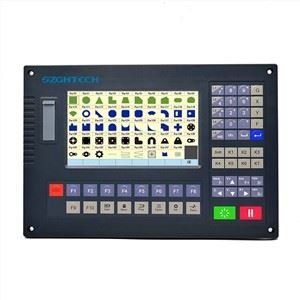No. of Linkage Axis | 2-4 axes |
Highest Speed | 24m/min |
Programming Unit | 0.001mm |
I/O Control | Input (optoelectronic isolation)*13, output (relay output)*8 |
Store Space | 32-64M and it supports USB |
Programming | ISO-G code and manual programming |
Display | 7" color LCD |
Dimension | 300*204*93mm |
Working Temperature | 0℃ ~ 55℃ |
2012AH flame/plasma cutting controller, specially for economical cutting machines, such as portable type and other small equipments.
7" color LCD, the best performance, easy operation.
Technical Parameters
★ No. of Linkage Axis: 2-4 axes
★ Highest Speed: 24m/min
★ Programming Unit: 0.001mm
★ I/O Control: input (optoelectronic isolation)*13, output (relay output)*8
★ Store Space: 32-64M and it supports USB
★ Programming: ISO-G code and manual programming
★ Display: 7" color LCD
★ Dimension: 300*204*93mm
★ Working Temperature: 0℃ ~ 55℃
★ SH-2012AH flame/plasma cutting controller
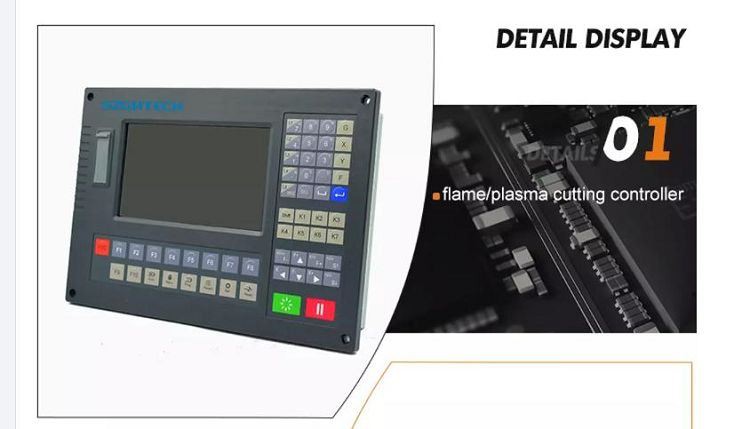
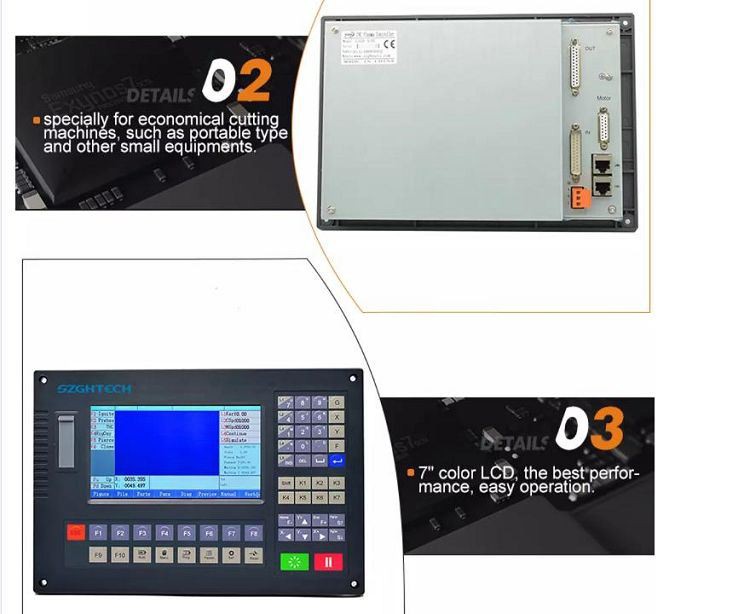
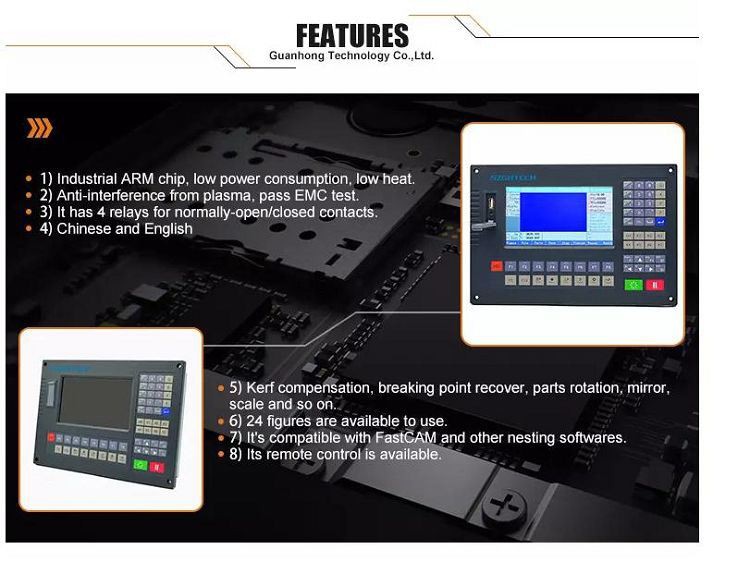
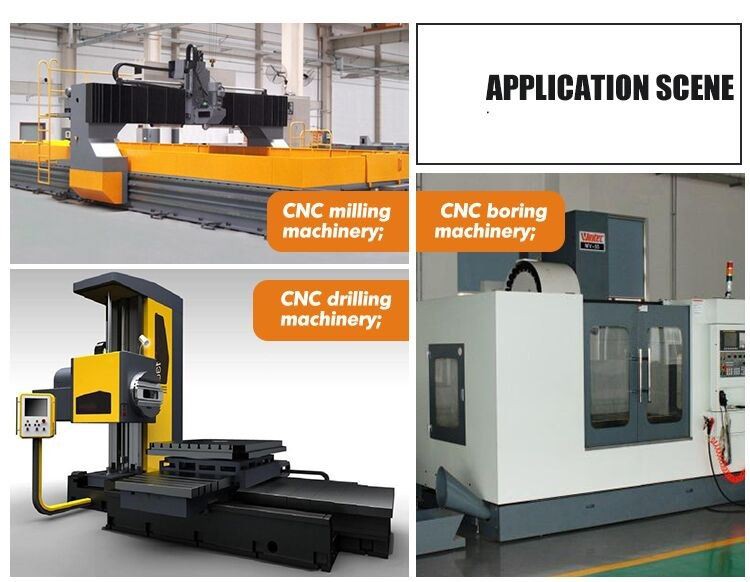
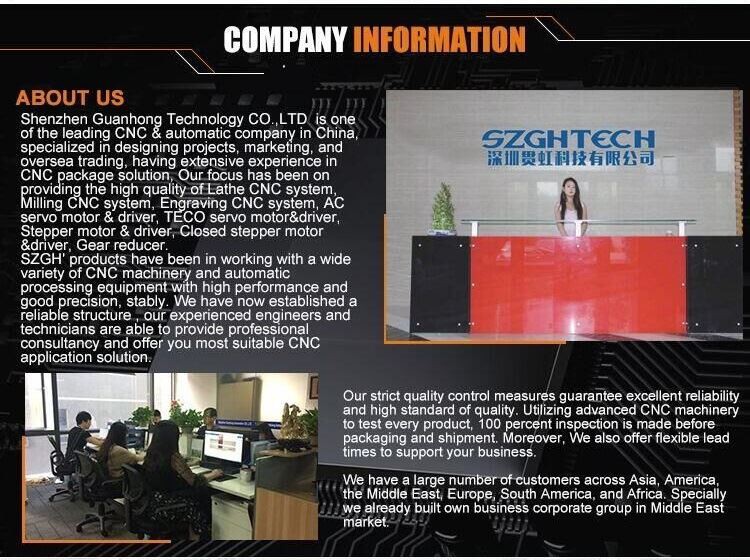
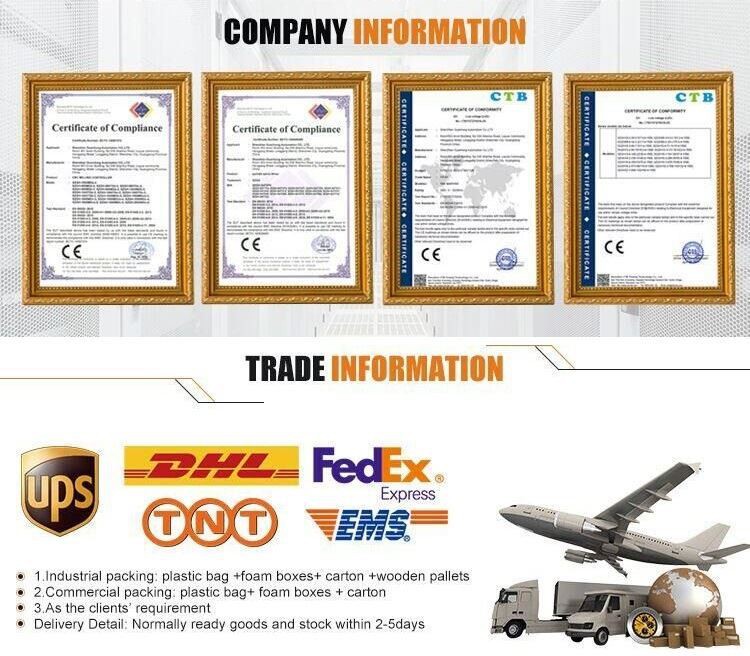
FAQ
Q: Do you support customized manufacturing?
A: Yes,we can customized manufacturing according to customer's requirment. We support to OEM your own company display interface and logo.
Q: How long is your delivery time?
A: Generally it is 3-5 days if the goods are in stock. or it is 5-10 days if the goods are not in stock, it is according to quantity.10-20 days if customized manufacturing.
Q: Do you provide samples ? is it free or extra ?
A: Yes, we could offer the sample with sample price.
Q: What is your terms of payment ?
A: Payment<=2000USD, 100% in advance. Payment>=1000USD, 70% T/T in advance ,balance before shippment.
If you have another question, pls feel free to contact us as below


